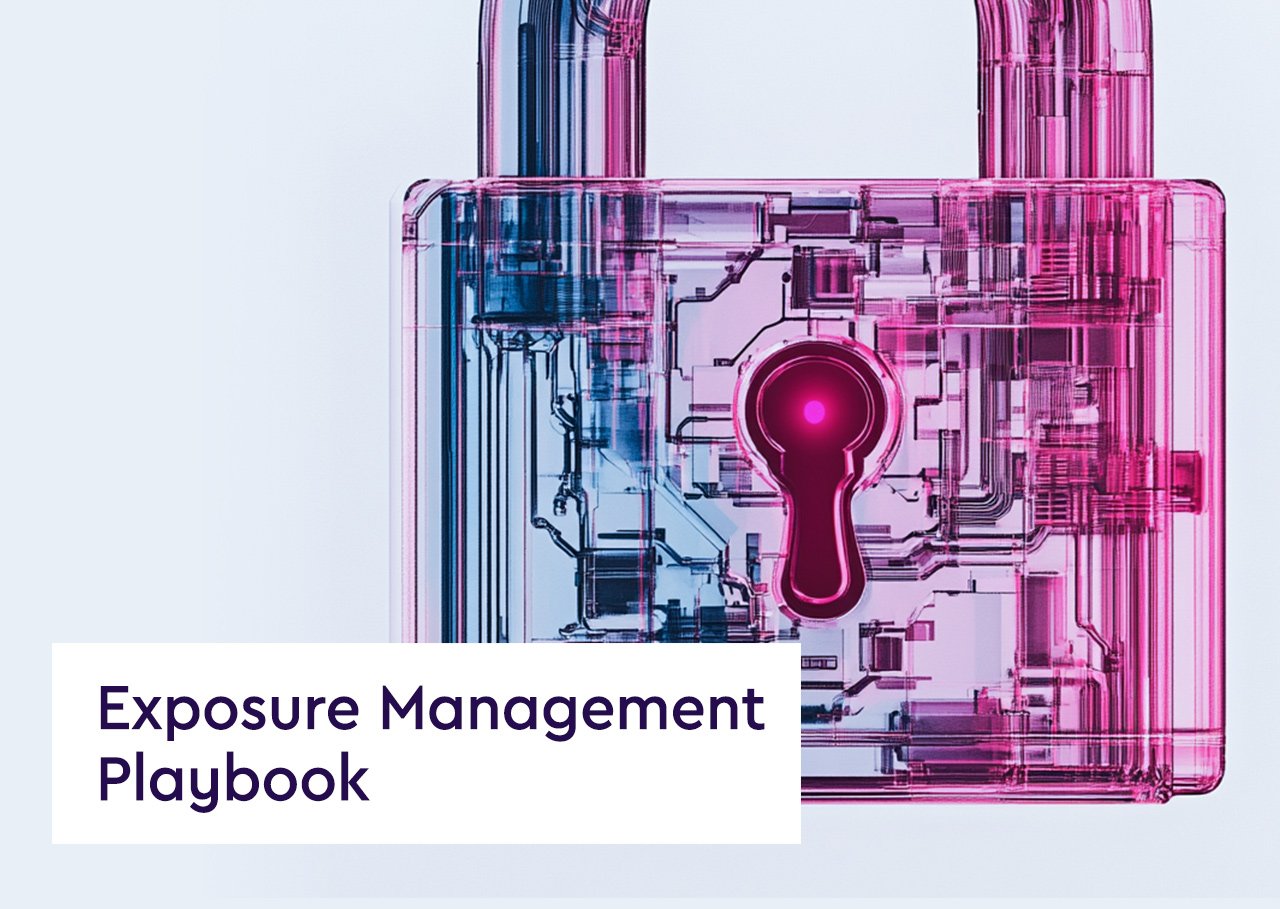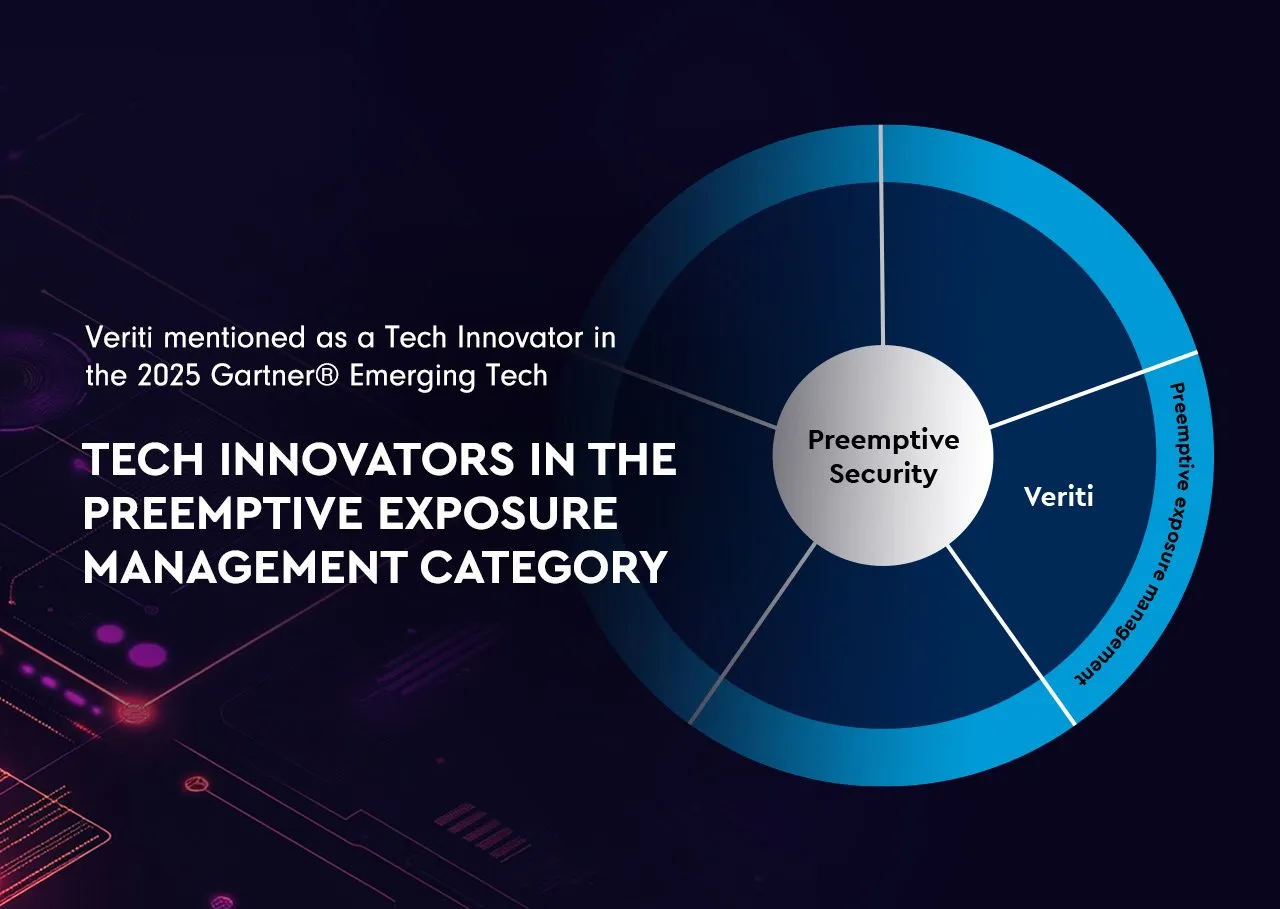For years, CVE was the backbone of vulnerability management.
A shared language. A reliable reference point. A constant.
Until it wasn’t.
In April, the entire industry held its breath. The funding behind the CVE program (yes, the one your tools rely on for naming, scoring, and prioritizing risk) almost disappeared overnight.
And while a last-minute save by CISA kept the lights on, the cracks are clear.
Thousands of vulnerabilities remain unprocessed. Scoring delays are becoming the norm. And now, Gartner1 is calling it out: Overreliance on CVE is no longer just a bad habit. It’s a risk in itself.
Here’s what’s changing:
- The National Vulnerability Database (NVD) is backlogged, sometimes by tens of thousands of entries.
- Severity scores are delayed or missing altogether.
- Intelligence sources are fragmenting, and most security teams aren’t equipped to make sense of the noise.
If your tools still depend on a single source of truth to prioritize risk, you may already be behind.
CISOs aren’t being measured by how many vulnerabilities were found. They’re being held accountable for how quickly the right ones are fixed. And that means moving beyond detection and into decision-making:
- What’s exploitable?
- What’s exposed to the internet?
- What controls are already in place, and are they working?
- Can we act safely today?
Veriti helps you operationalize exposure management:
- Ingests findings from your entire toolset, including Firewalls, CNAPPs, EDRs, scanners, threat intel, and Configuration baselines.
- Correlates and normalizes those findings using business context, exposure level, and real-time telemetry.
- Identifies actionable remediations and either recommends or triggers them through your existing stack.
- Flags where compensating controls can buy you time, and where they can’t.
No waiting for a CVE to show up. No manual triage. No redundant noise.
Just a clear, safe path to reduce risk across tools, teams, and time zones.
CVE Is Fragile. Your Risk Strategy Can’t Be.
Gartner1 said it best: “By 2028, organizations leveraging diverse vulnerability intelligence sources and scoring mechanisms will be three times more likely to quickly discover critical risks.”
80+ tool integrations, across cloud, endpoint, and network
That’s not a roadmap. That’s a warning, because when CVE stumbles, dashboards don’t protect you. Action does.
This is Veriti’s edge:
- 80+ tool integrations, across cloud, endpoint, and network
- Proprietary logic to reconcile conflicting scores and missing data
- Virtual patching through tools you already own
- Real-time, safe remediation, with no rip-and-replace
So ask yourself: If CVE goes dark again, will your stack keep you safe?
Or will it leave you exposed, waiting for a fix that never comes?
Let’s move from “identify” to “resolve.” From “flag” to “fix.”
From legacy thinking to preemptive exposure management.
The future of vulnerability management isn’t one database.
It’s an ecosystem that works together.
It’s action. Not alerts.
It’s Veriti.
1Gartner, 11 June 2025, “Reduce Overreliance on Single-Source Vulnerability Databases”, By: Pete Shoard, Mitchell Schneider, Dhivya Poole, Craig Lawson




